All About Sewing Mannequins

For comfortable work, tailors need mannequins that allow them to fit clothes as accurately as possible to the required size, without assigning too many fittings to the client. When choosing such a useful attribute, difficulties arise, because there are several varieties of blanks, each of which has its own pros and cons. In this article, we will talk about the positive and negative aspects of using different types of artificial figures, give some useful recommendations for choosing, and also describe how to make an individual mannequin with your own hands.


Advantages and disadvantages
There are two main types of sewing mannequins: adjustable and fixed. Sliding mannequin is a universal blank, which can be given different parameters., and a one-size-fits-all model is usually a well-balanced figure.
To determine which type of disc is best for you, you need to familiarize yourself with the advantages and disadvantages of each type.
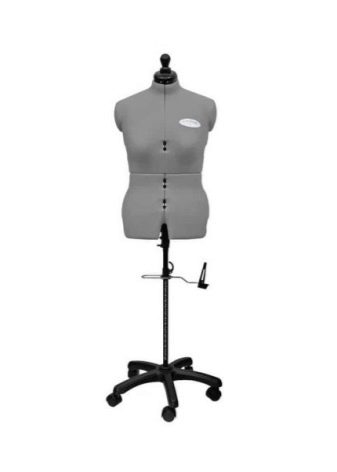
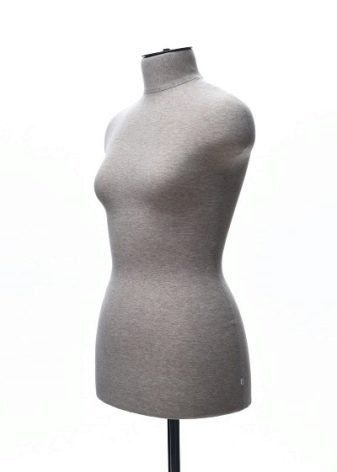
The non-adjustable sewing dummy, also called the fixed sewing dummy, is found in every educational institution that produces seamstresses, tailors and cutters. Such discs in the form of a human torso are found in almost every fashion atelier, and in several copies of different sizes. The reason for the popularity of fixed-size mannequins is due to a number of advantages:
- there is no need to adjust them every time - the volumes of the blank are created according to standard measurements that correspond to a certain size category of people;
- low cost - products without a sliding mechanism are inexpensive, and if you need several sizes, you can purchase even cheaper used models in online stores;
- soft base - many blanks are equipped with a soft lining, which facilitates the process of "fitting" clothes and makes modeling in a mock-up way more comfortable;
- solid base - such mannequins are also popular among tailors, because only they are convenient for creating embroidery and inserting lace into the necessary parts of outfits;
- stability - fixed models are installed on a special bracket, which is difficult to knock down even when sewing outerwear and lush dresses.

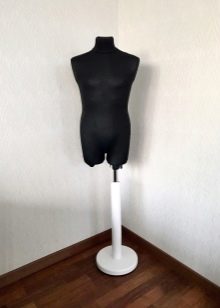
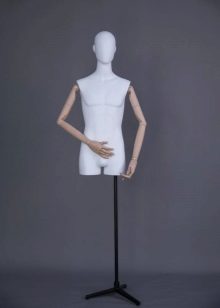
The disadvantages of fixed mannequins are the following nuances:
- not suitable for non-standard figures - if it is difficult for you or your client to find suitable clothes in the store, then fitting the blank by standard measurements will not give the desired result;
- heavy weight - some models of unregulated mannequins are quite bulky due to the fact that they do not have an empty cavity inside, however, such products are rare;
- difficulties when sewing fitted clothes - narrow products made of non-stretching or weakly stretching fabric cannot be put on a blank with a solid base if the fastener is not long enough.
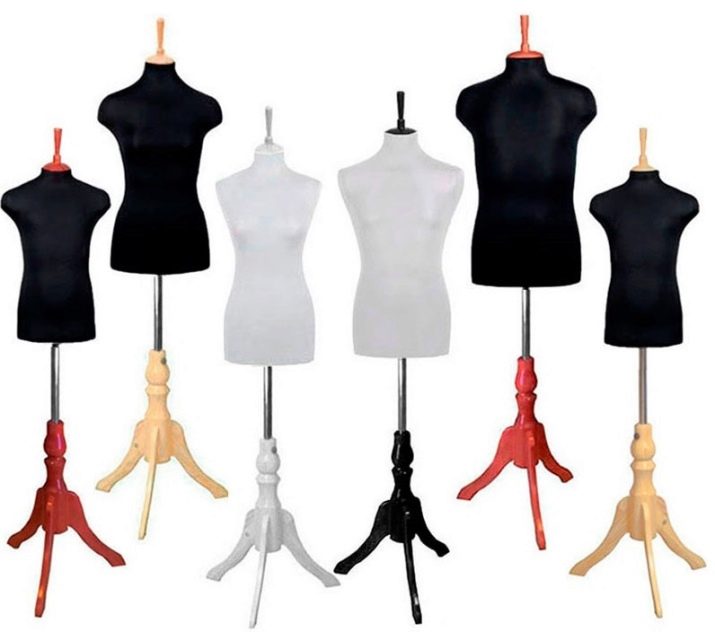
Adjustable models seem ideal for work because you don't have to buy multiple silhouettes in different sizes at once, but they have both positive and negative qualities. The advantages of such products include:
- versatility - sliding figures can be made up to 6 different sizes;
- non-standard - the mannequin can be partially adjusted, for example: separately increase or decrease the circumference of the hips, waist or chest, which is very convenient when adjusting the product to a non-standard figure;
- ease of use - the resizing technology is as simple as possible, so both experienced tailors and beginners can easily handle it;
- stability - the metal stand makes the mannequin quite stable for sewing heavy and bulky clothes;
- light weight - all sliding blanks are empty inside, so they can be easily moved.
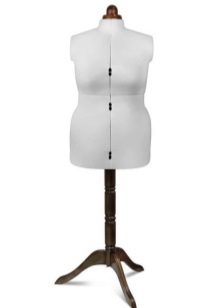
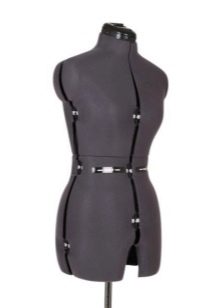
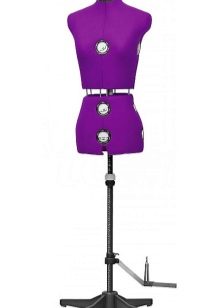
Disadvantages of Adjustable Mannequins:
- high cost - complex mechanisms significantly increase the price of an attribute for sewing;
- wear and tear of mechanisms - at first, the adjustment of the blank will be smooth, but over time, you will have to work hard to give the product the necessary parameters;
- incompatibility with mass tailoring - enterprises that manufacture clothing for stores do not use adjustable models, because it is easier for them to change an unregulated dummy of one size for a product of a different size than to constantly tighten the regulators;
- not suitable for photographing large outfits - when sliding apart, ugly holes appear in the artificial torso, which look bad in photographs of clothes with a deep neckline;
- there is no way to change the cover - over time, the surface of the dummy is wiped, but it will not work, because the new fabric will overlap the size adjusters;
- fragility - sliding blanks are exotic products, so in the event of a breakdown, finding replacement parts will be difficult.
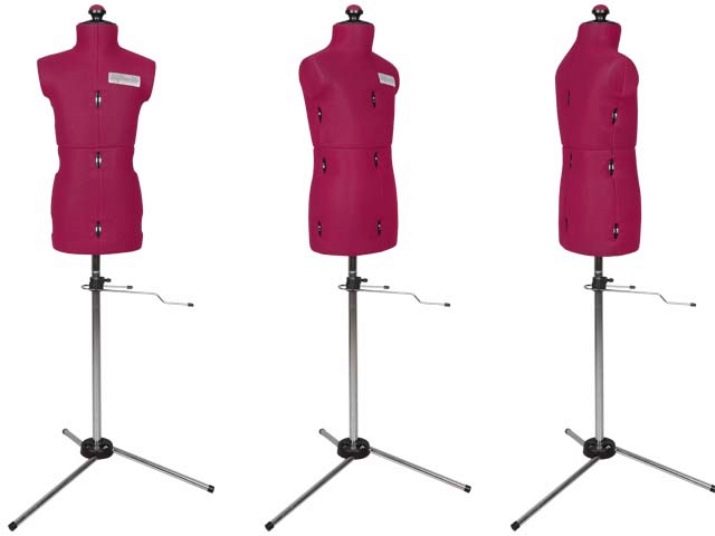
For small factories and ateliers, unregulated mannequins are more suitable, because due to the large flow of orders, adjustable models will fail too quickly. For seamstresses who serve a small number of clients and work from home, the best option is sliding blanks, because they are universal and do not take up much space.
In any case, a mannequin is an attribute that tailors simply cannot do without, because only on it can a high-quality WTO of voluminous things be carried out.
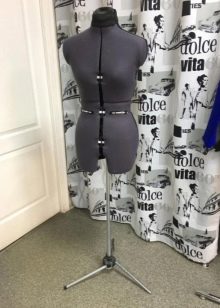
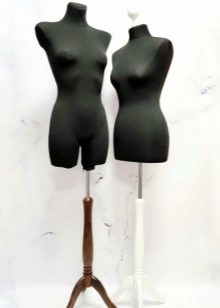
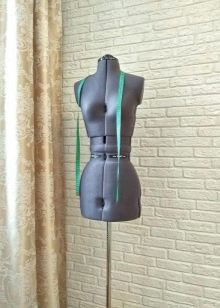
Varieties
In addition to the main division into fixed and adjustable, there is a classification of artificial figures by functionality. Mannequins are divided into the following types:
- sliding with adjustment for certain sizes - such blanks are modified only according to standard measurements (approximately from 44 to 52 sizes);
- sliding with smooth adjustment of the size - used for sewing clothes for non-standard figures;
- Fixed size and rigid surface - a professional mannequin that is great for tailoring clothing in tailor shops and small factories;
- with a fixed size and soft surface - soft models are usually used to create new styles using a dummy method;
- sportswear with a fixed size - special products designed for sewing sportswear, swimwear and trouser suits.

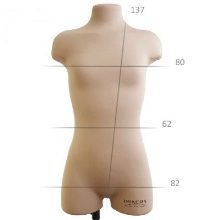
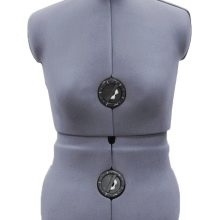
Blanks are also classified into three more types: women, men and children. Mini-figures are suitable for sewing clothes for children of any gender.
Nevertheless, the small mannequin must be chosen according to the height and age of the child.
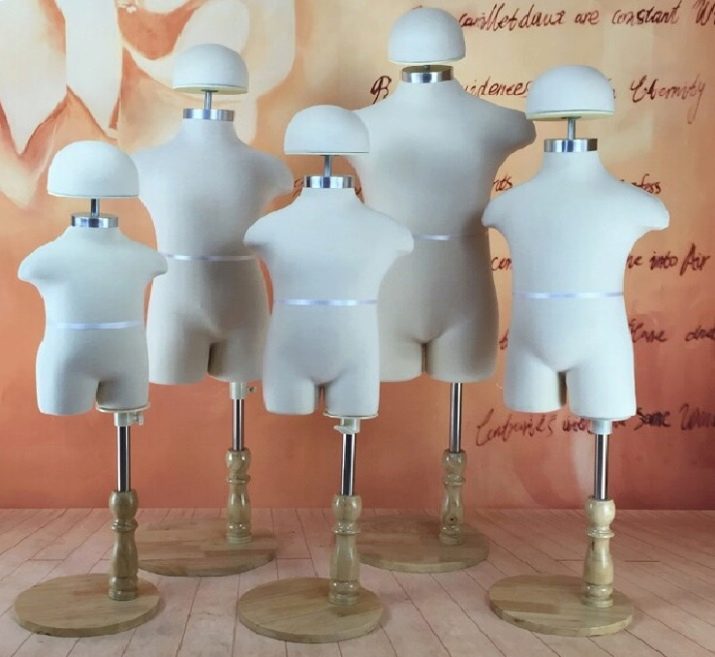
Selection recommendations
To choose the right tailor's mannequin, you must rely on the terms of its use.
If you plan to install the product at home and sew to your own measurements, it is better to purchase an adjustable model. For a workshop or atelier in a separate room, a sliding silhouette is also suitable, but if such an enterprise is engaged in sewing clothes for a store, then it would be more expedient to acquire a fixed product.
A non-adjustable dummy is a great option for educational settings as it is much more difficult to damage.
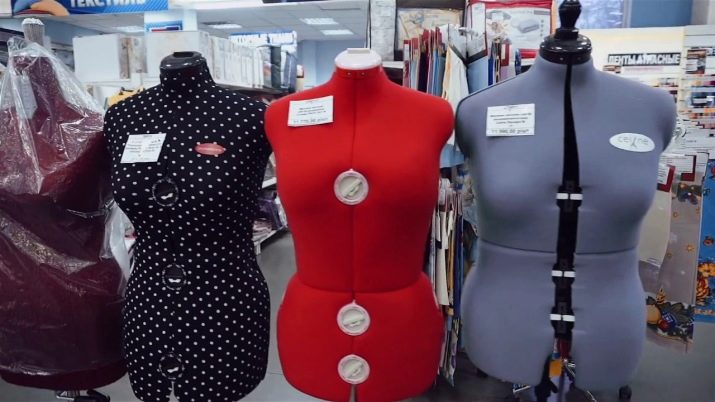
When selecting a blank, you need to pay attention to the following nuances:
- the quality of the blank and the cover;
- bracket stability;
- quality of mechanisms;
- the presence of height adjusters;
- surface reaction to WTO.
When buying a mannequin on the Internet, be sure to read the reviews so as not to stumble upon unscrupulous manufacturers.
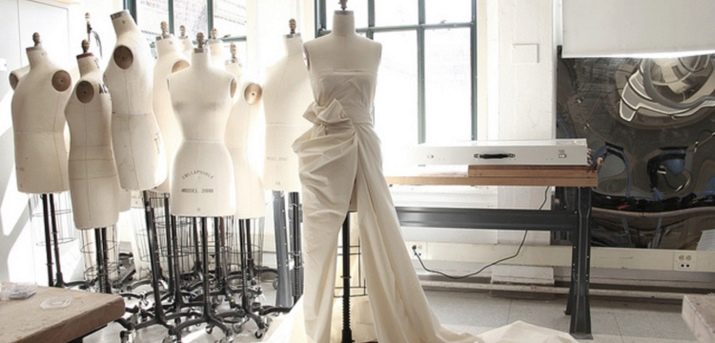
How to do it yourself?
Every sewing person dreams of a silhouette that completely repeats his own body shapes, because trying on oneself is very inconvenient. In the event that none of the mannequin options in the store suits you, you can make it yourself. The process of creating an individual silhouette for cutting and sewing is very laborious, therefore you need to allocate enough time and effort. Enlist the support of a person who will help you in the first stage of making the figure.
Then follow the step by step instructions.
- Put on comfortable underwear first, then have a helper wrap cling film around your torso, shoulders, neck, and thighs. On top of the film, you need to stick a dense tape, carefully repeating all the bends of the body. Next, the base is cut in the middle of the back and removed.
- The incision must be glued and, if necessary, wrapped with plaster bandages to make the structure more durable.
- Prepare the bottom of the structure by creating a mold in the shape of the bottom of the base. The bottom can be made of thick cardboard or chipboard.
- Next, the form is filled with polyurethane foam in several stages so that it has time to dry. In this case, it is necessary to insert a pipe or a flat stick inside so that there is space for the bracket.
- Sew a cover out of the insulation according to your figure and "put" it on the mannequin - this will ensure comfortable work with the pins.
- Use jersey fabric to create a close-fitting cover that follows the silhouette of the mannequin, and also secure it to the figure. Pull the bottom of the cover with an elastic band.
- Install the bottom with nails or a furniture stapler, creating a hole for the stand in front of it.
- Attach the custom mannequin to the bracket.
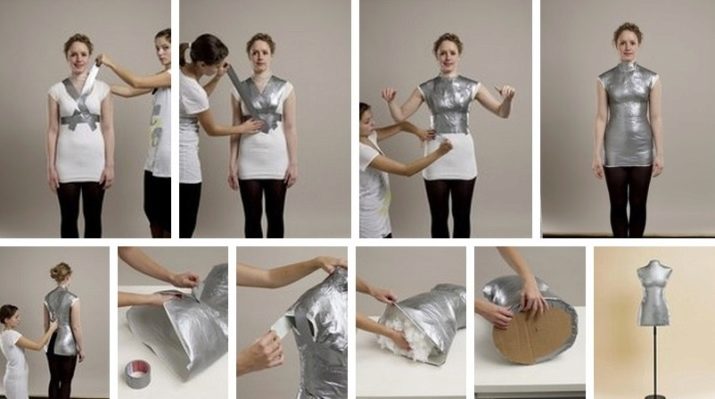
In the next video, you can see the process of making a DIY sewing dummy.








